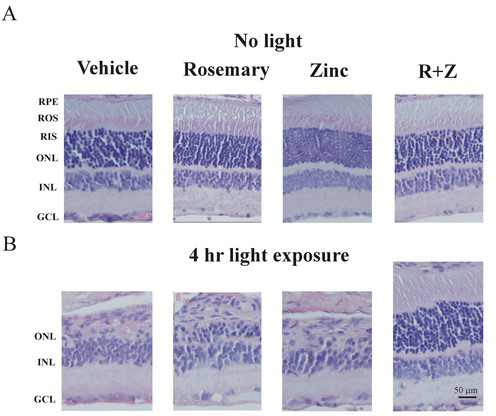Figure 2. Retinal morphology in rats treated with rosemary extract and zinc oxide. Dark-reared animals were given intraperitoneal (IP)
injections of rosemary (8.5 mg/kg), zinc oxide (0.65 mg/kg), or their combination (R+Z) and then exposed to green light for
4 h. Eyes were enucleated 2 weeks later and processed for histology. A: Vehicle, rosemary, and or zinc treatment had no effect on retinal morphology in dark-maintained control animals. The photoreceptor
cell ONL contained eight to nine rows of nuclei, and ROS and RIS appeared normal. The INL and RPE were intact and also appeared
to have normal morphology. B: Intense light exposure resulted in extensive ONL thinning in rats treated with vehicle. The ONL, containing only one to
two rows of nuclei, appears opposed to the RPE, which is also damaged or missing. The INL is present in the space normally
occupied by the ONL and an occasional misplaced nucleus appears in this section. Rosemary treatment resulted in the retention
of three to four rows of photoreceptor cell nuclei in the ONL, whereas zinc treatment was largely ineffective. Rosemary plus
zinc led to a much better outcome. The ONL contained eight to nine rows of nuclei, the INL and RPE were intact and their morphology
appeared normal. The scale bar is equal to 50 µm.

 Figure 2 of
Organisciak, Mol Vis 2013; 19:1433-1445.
Figure 2 of
Organisciak, Mol Vis 2013; 19:1433-1445.  Figure 2 of
Organisciak, Mol Vis 2013; 19:1433-1445.
Figure 2 of
Organisciak, Mol Vis 2013; 19:1433-1445. 